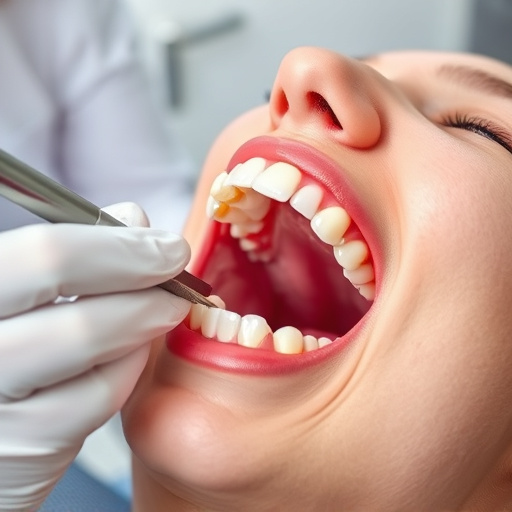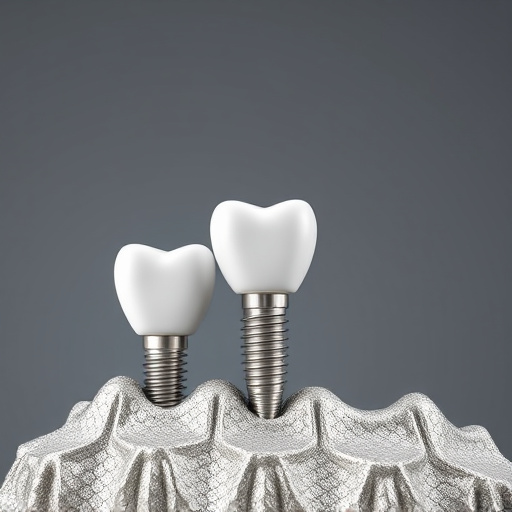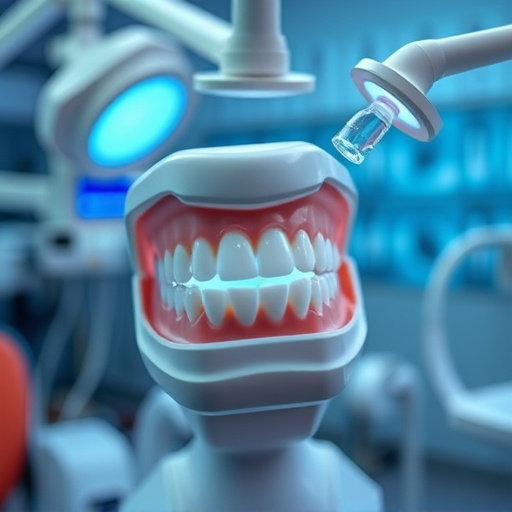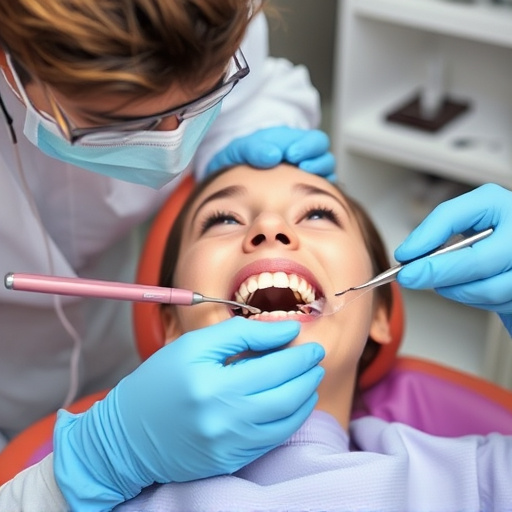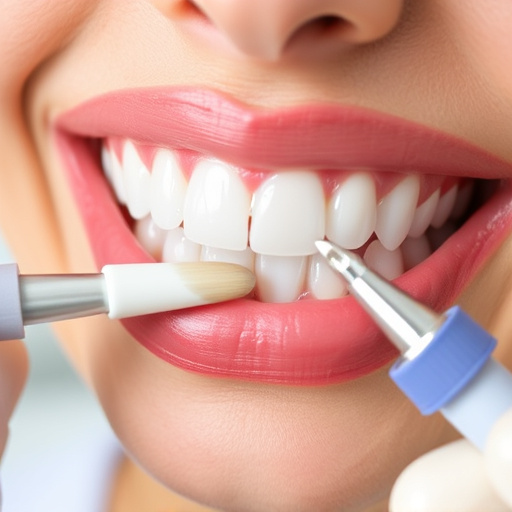Nitrous oxide sedation, or laughing gas, is a safe and versatile method for managing dental anxiety during various procedures from simple teeth cleaning to complex extractions. It combines with natural pain killers to induce calmness and reduced sensitivity. For simple treatments, nitrous oxide offers quick relief and minimal side effects; for complex cases, careful monitoring and adjusted administration are required for patient safety and comfort. Trained dental professionals use specialized equipment for controlled dosing under close vital sign surveillance to ensure safe and relaxing experiences.
“Nitrous oxide sedation offers a safe, effective method for managing pain and anxiety during various medical procedures. This article explores the benefits of nitrous oxide as a sedative, breaking down its advantages for both simple and complex medical interventions. We’ll guide you through the decision-making process, highlighting key considerations when choosing between simple and complex procedures. Additionally, we’ll delve into essential safety measures to ensure secure administration of nitrous oxide sedation.”
- Understanding Nitrous Oxide Sedation Benefits
- Choosing Between Simple and Complex Procedures
- Safety Measures for Nitrous Oxide Administration
Understanding Nitrous Oxide Sedation Benefits
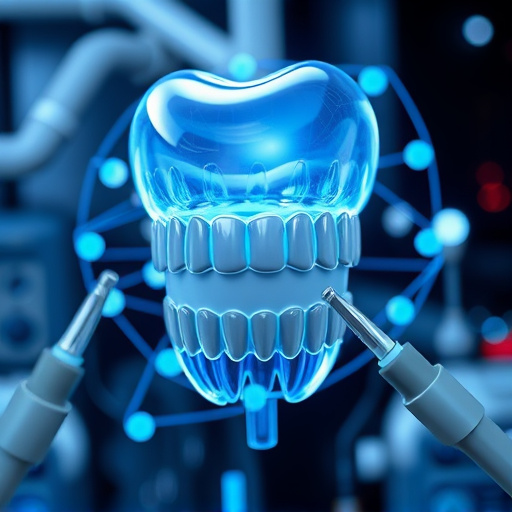
Nitrous oxide sedation offers a unique and beneficial approach to managing anxiety during dental procedures, making it a popular choice for both simple and complex treatments. Also known as laughing gas, nitrous oxide is a safe and effective sedative agent that can help patients relax and feel more comfortable. When inhaled through a mask, it combines with the body’s natural pain killers, producing a state of calmness and reduced sensitivity. This can be particularly advantageous for individuals who experience dental phobias or anxiety, allowing them to undergo necessary treatments without extreme worry.
The versatility of nitrous oxide sedation is evident in its application across various procedures. From fitting dental crowns and performing dental bonding to more involved tasks like tooth extractions, it provides a layer of comfort and pain relief. The mild sedative effects allow patients to remain awake and responsive throughout the process, ensuring clear communication with dental professionals. This method is renowned for its quick onset and minimal side effects, making it a preferred choice for those seeking a less intimidating dental experience.
Choosing Between Simple and Complex Procedures
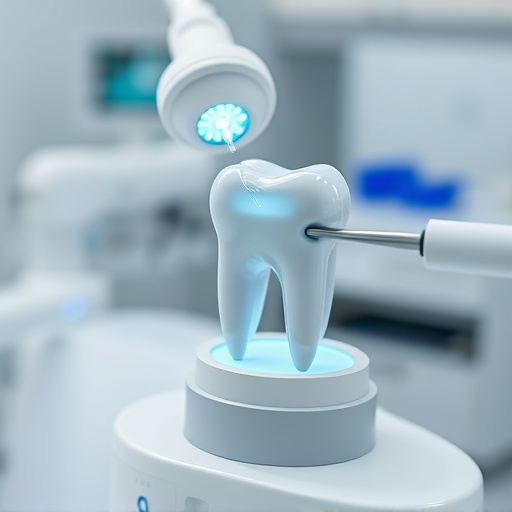
When considering nitrous oxide sedation for dental procedures, understanding the difference between simple and complex treatments is key. Simple procedures, like teeth cleaning or dental bonding, often involve minimal discomfort and shorter durations under sedation. Nitrous oxide can provide a calming effect, reducing anxiety and making these routine tasks more bearable. This type of sedation is ideal for patients seeking a relaxed experience during relatively minor interventions.
Complex procedures, on the other hand, may require longer periods of sedation and encompass a broader range of treatments, from extensive dental work to surgical operations. In such cases, a comprehensive dental care approach necessitates careful monitoring and adjustment of nitrous oxide administration. The patient’s comfort and safety remain paramount, ensuring optimal results regardless of the procedure’s complexity.
Safety Measures for Nitrous Oxide Administration
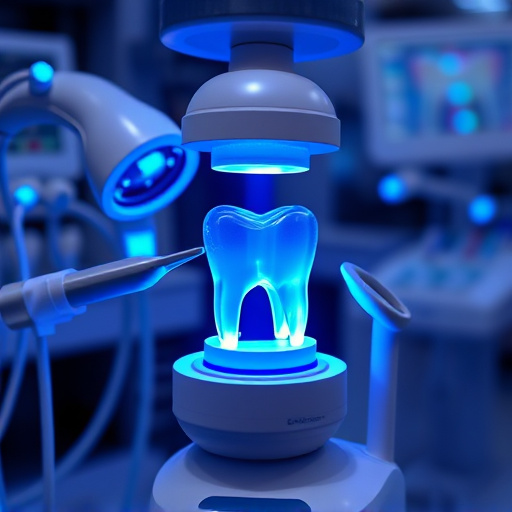
Administering nitrous oxide sedation requires a careful balance to ensure patient safety and comfort during procedures like wisdom tooth removal or fitting dental crowns. In preventive dentistry, where nitrous oxide is often used to ease anxiety, healthcare providers must closely monitor vital signs such as heart rate, blood pressure, and oxygen saturation levels throughout the procedure. This is typically done through non-invasive monitoring techniques, allowing for prompt intervention if any adverse reactions occur.
Proper ventilation within the treatment area is paramount to prevent the accumulation of excess nitrous oxide gas, which can lead to dizziness or nausea in some individuals. Trained dental professionals are equipped with specialized equipment and protocols to safely administer controlled doses, minimizing risks while maximizing patient relaxation during procedures ranging from simple to complex.
Nitrous oxide sedation offers a safe and effective method for managing pain during both simple and complex procedures. By understanding its benefits, knowing the procedure types that qualify, and adhering to strict safety measures, healthcare providers can ensure patients receive optimal comfort and care. Nitrous oxide sedation continues to prove itself as a valuable tool in modern medicine, enhancing patient experiences across diverse medical interventions.
